 Drinking Window: 2021 – 2025
Drinking Window: 2021 – 2025Louis Latour, Corton-Charlemagne Grand Cru, Burgundy, 1990
 Drinking Window: 2021 – 2025
Drinking Window: 2021 – 2025 Drinking Window: 2021 – 2025
Drinking Window: 2021 – 2025 Drinking Window: 2021 – 2022
Drinking Window: 2021 – 2022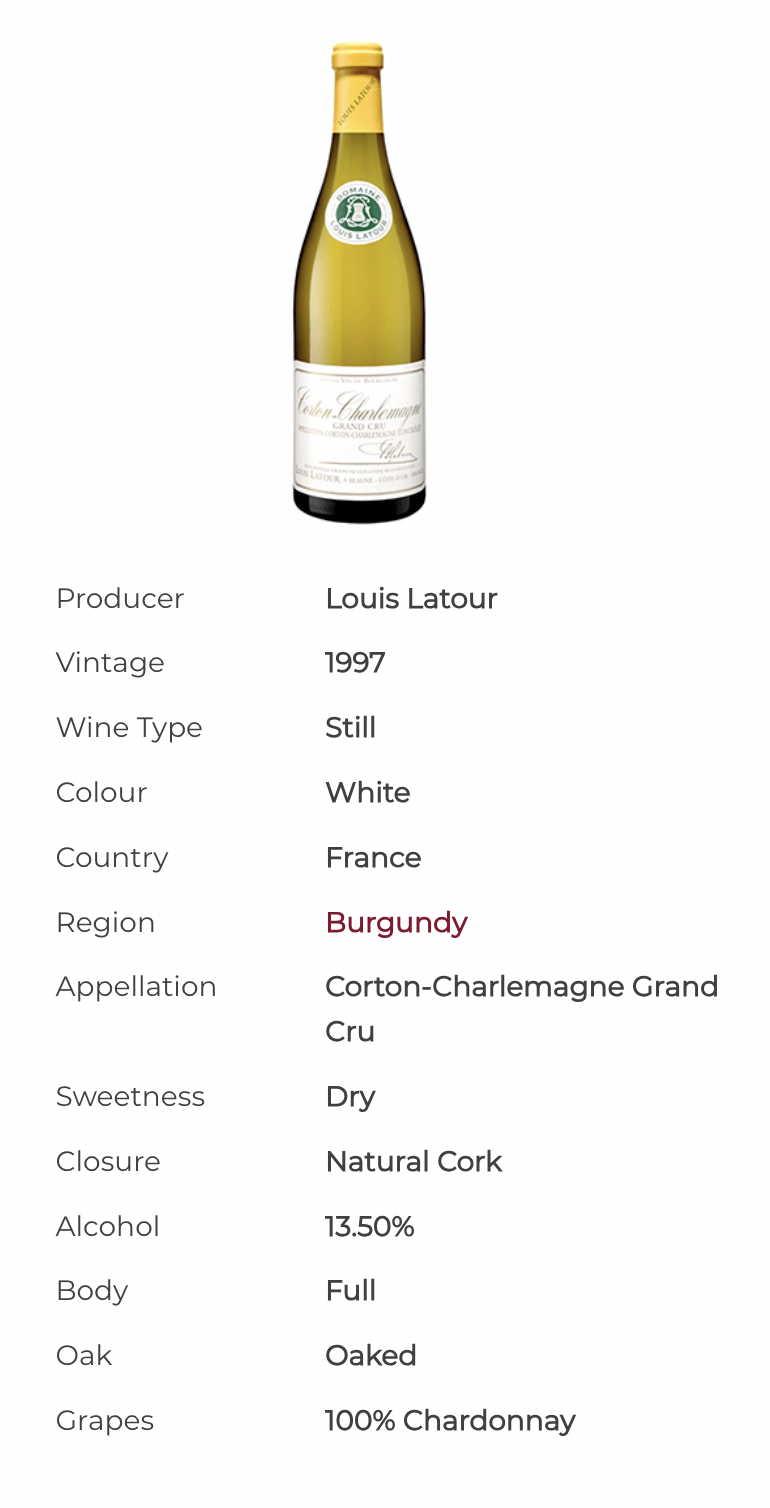
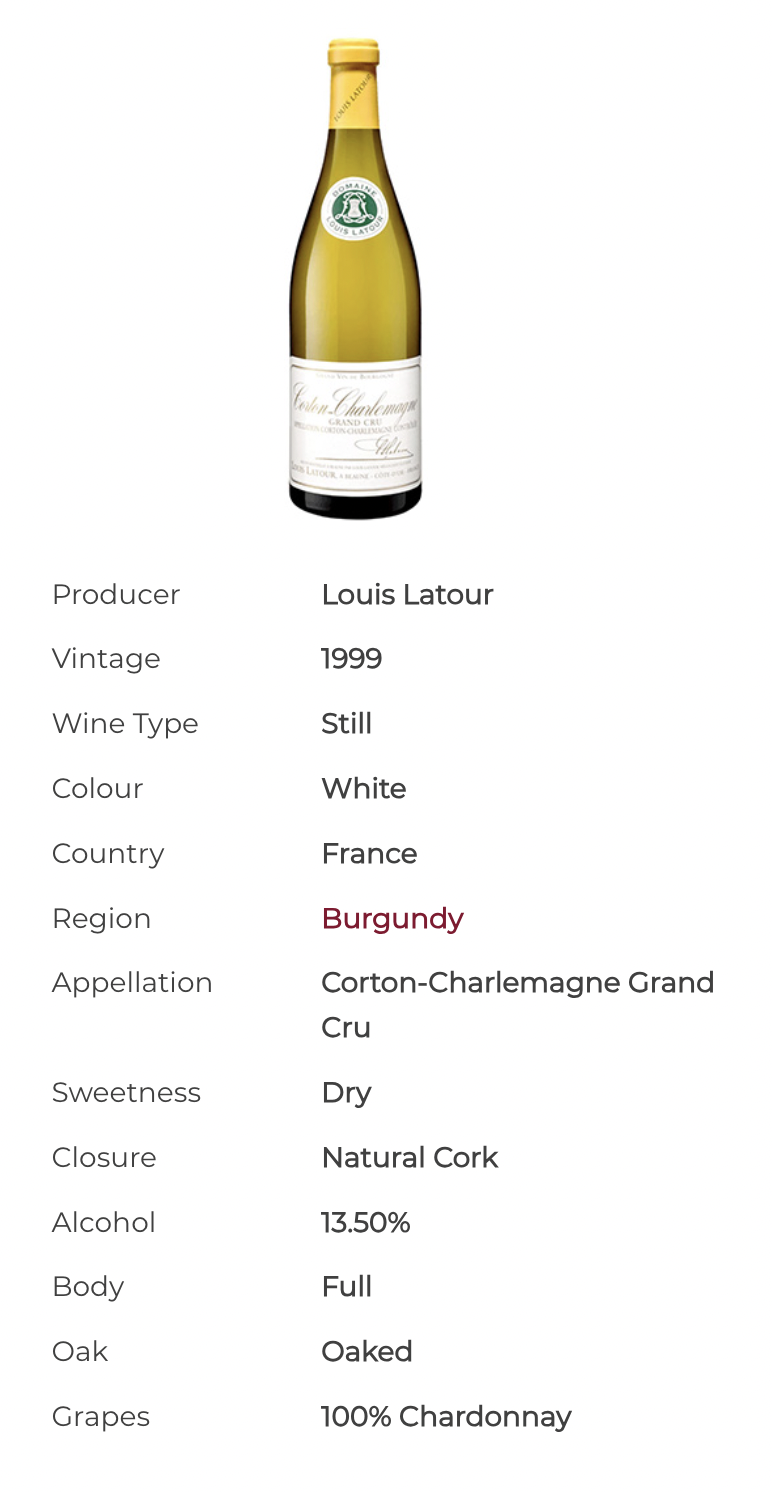 Drinking Window: 2021 – 2028
Drinking Window: 2021 – 2028 Drinking Window: 2021 – 2023
Drinking Window: 2021 – 2023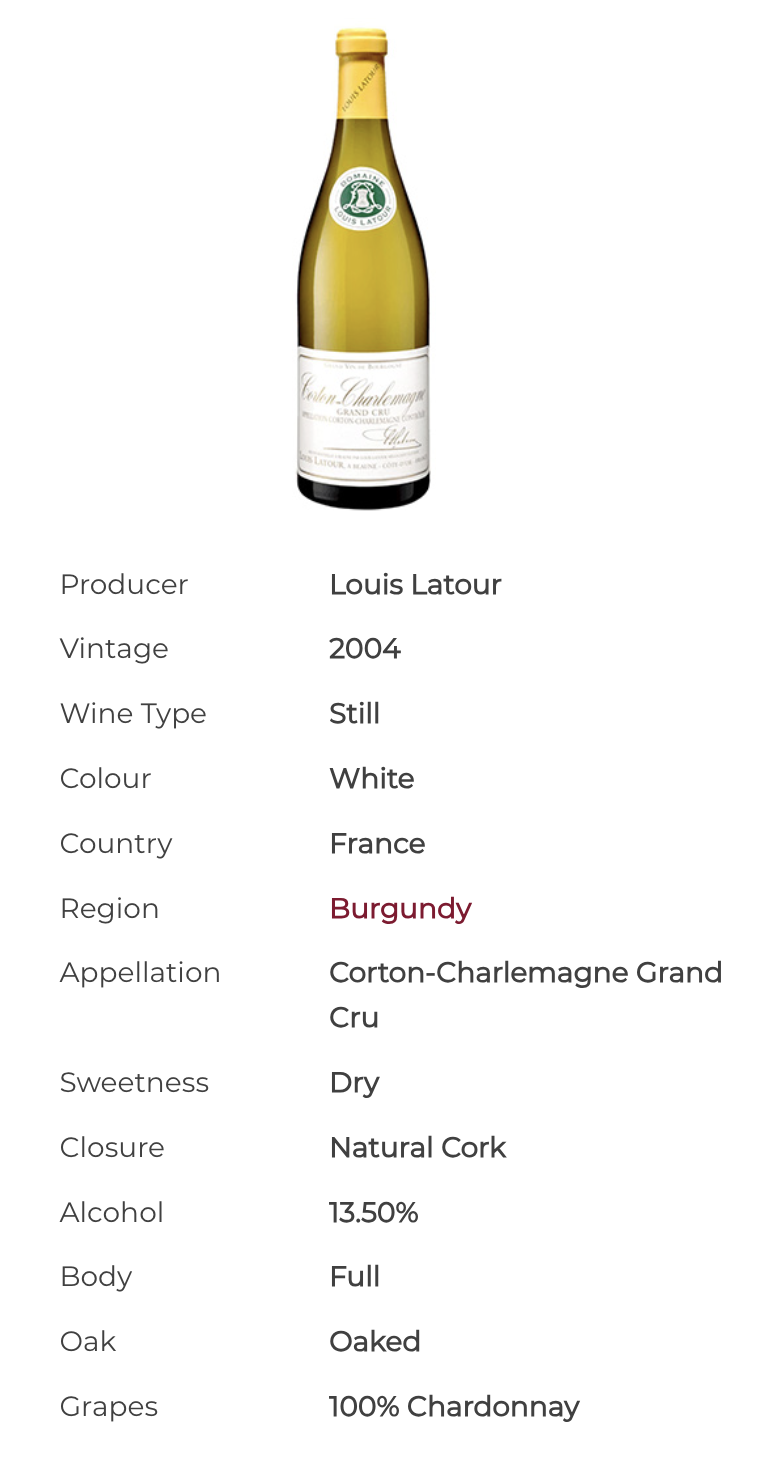 Drinking Window: 2021 – 2031
Drinking Window: 2021 – 2031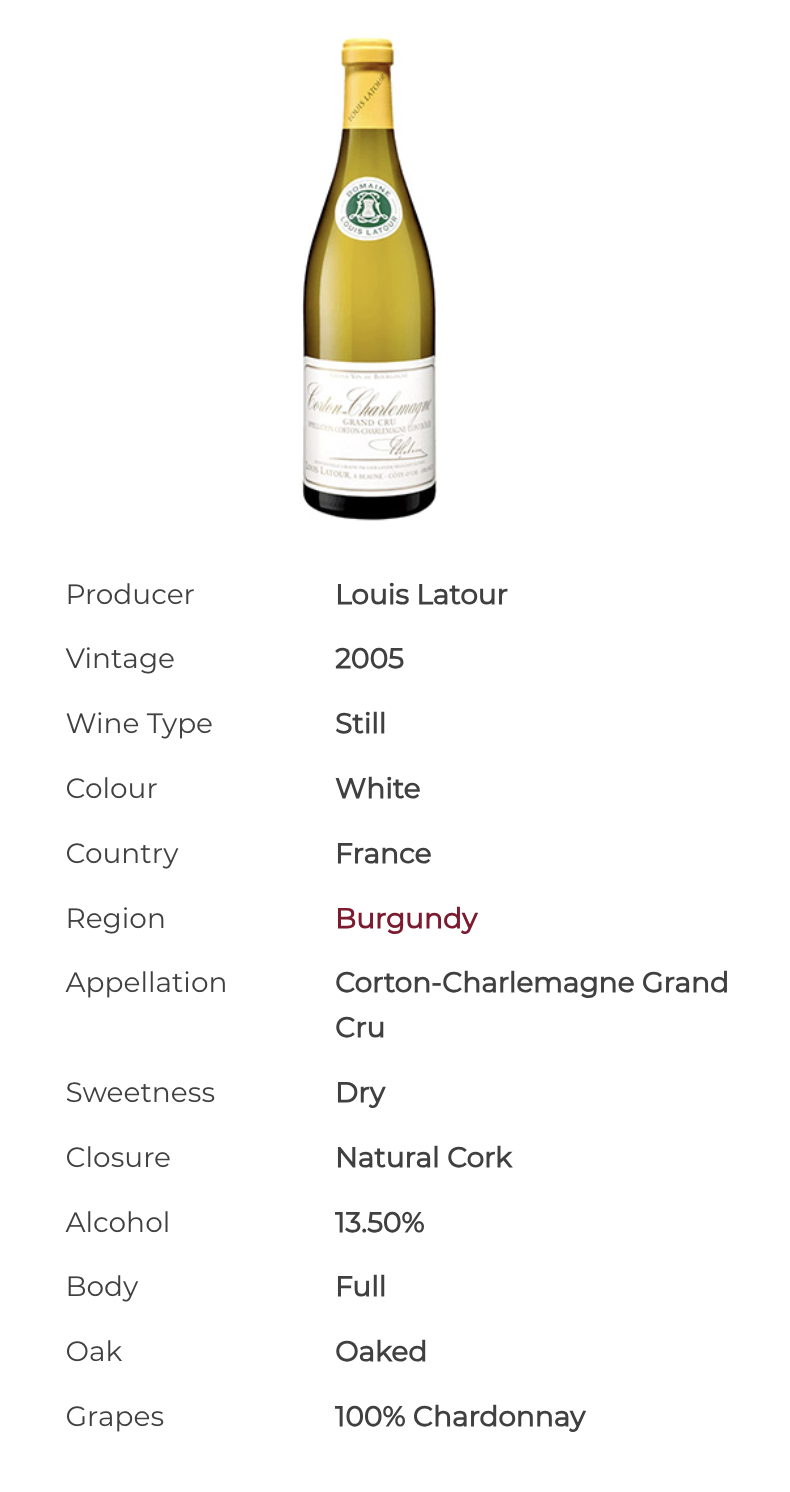 Drinking Window: 2021 – 2026
Drinking Window: 2021 – 2026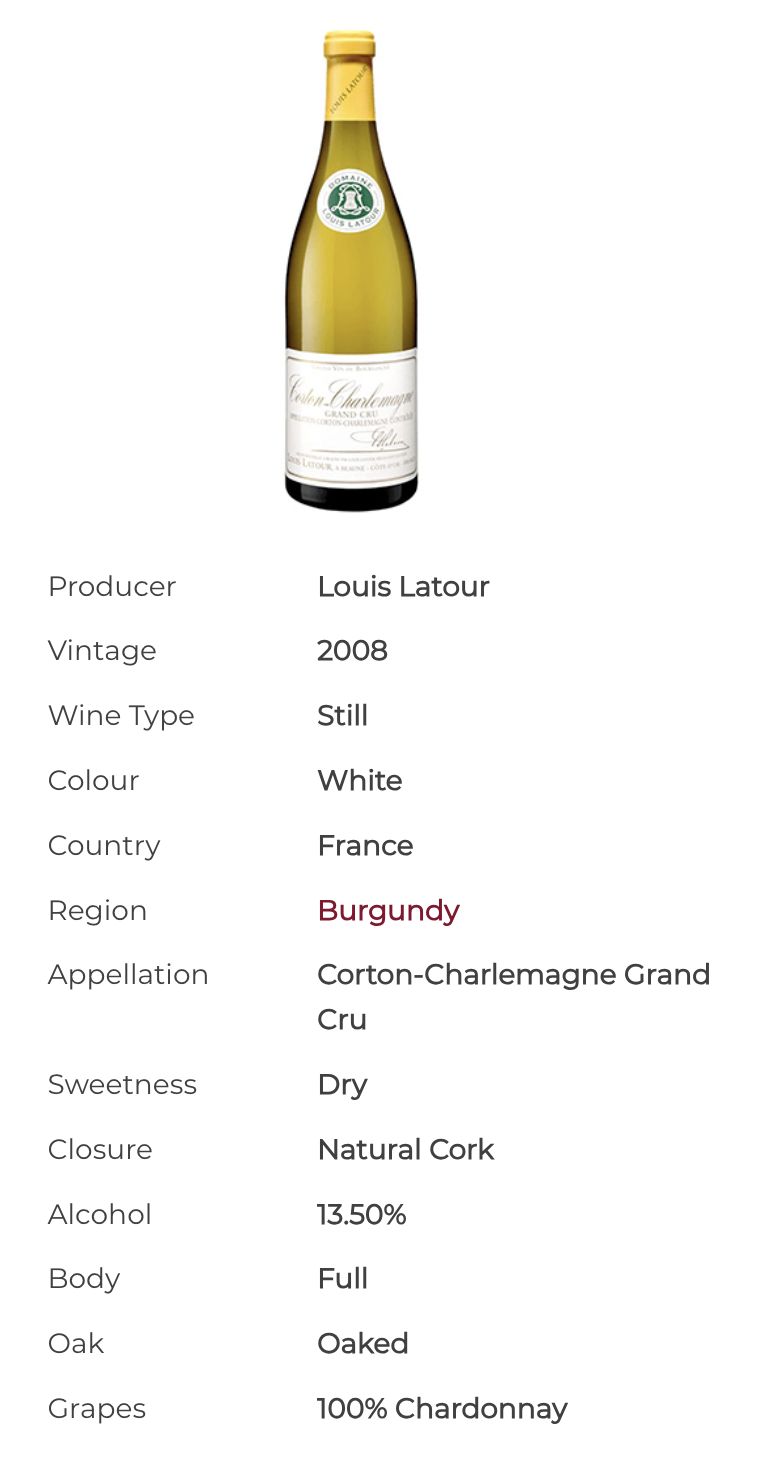 Drinking Window: 2021 – 2031
Drinking Window: 2021 – 2031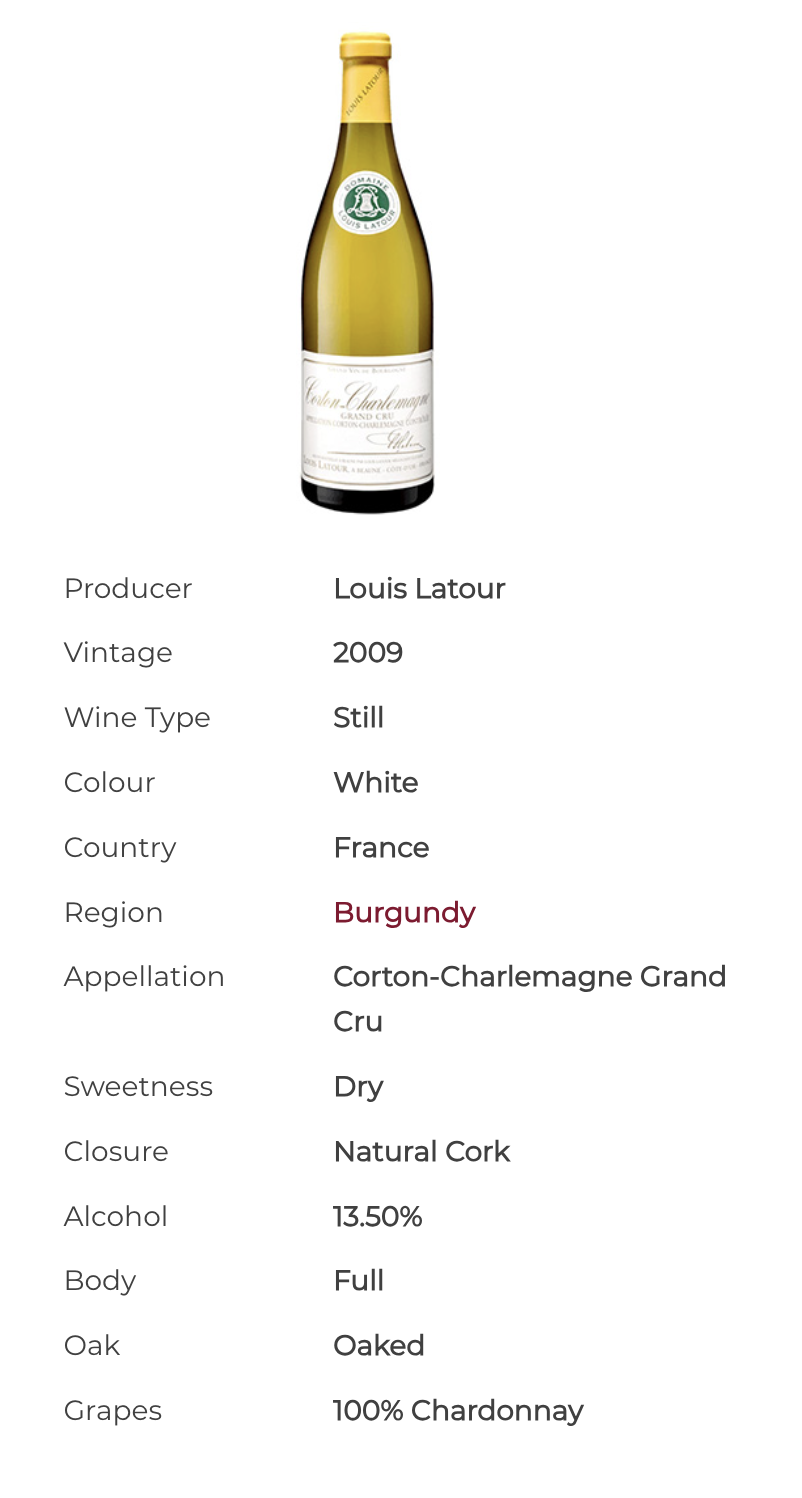 Drinking Window: 2021 – 2028
Drinking Window: 2021 – 2028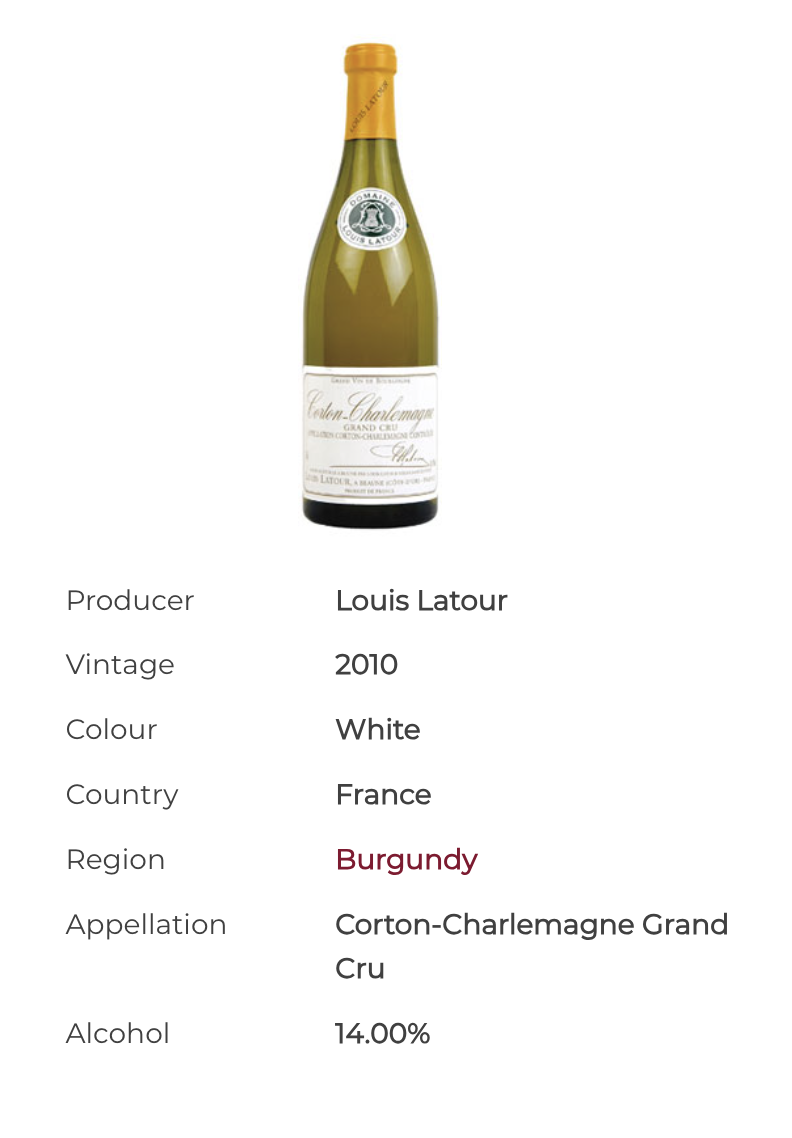 Drinking Window: 2021 – 2031
Drinking Window: 2021 – 2031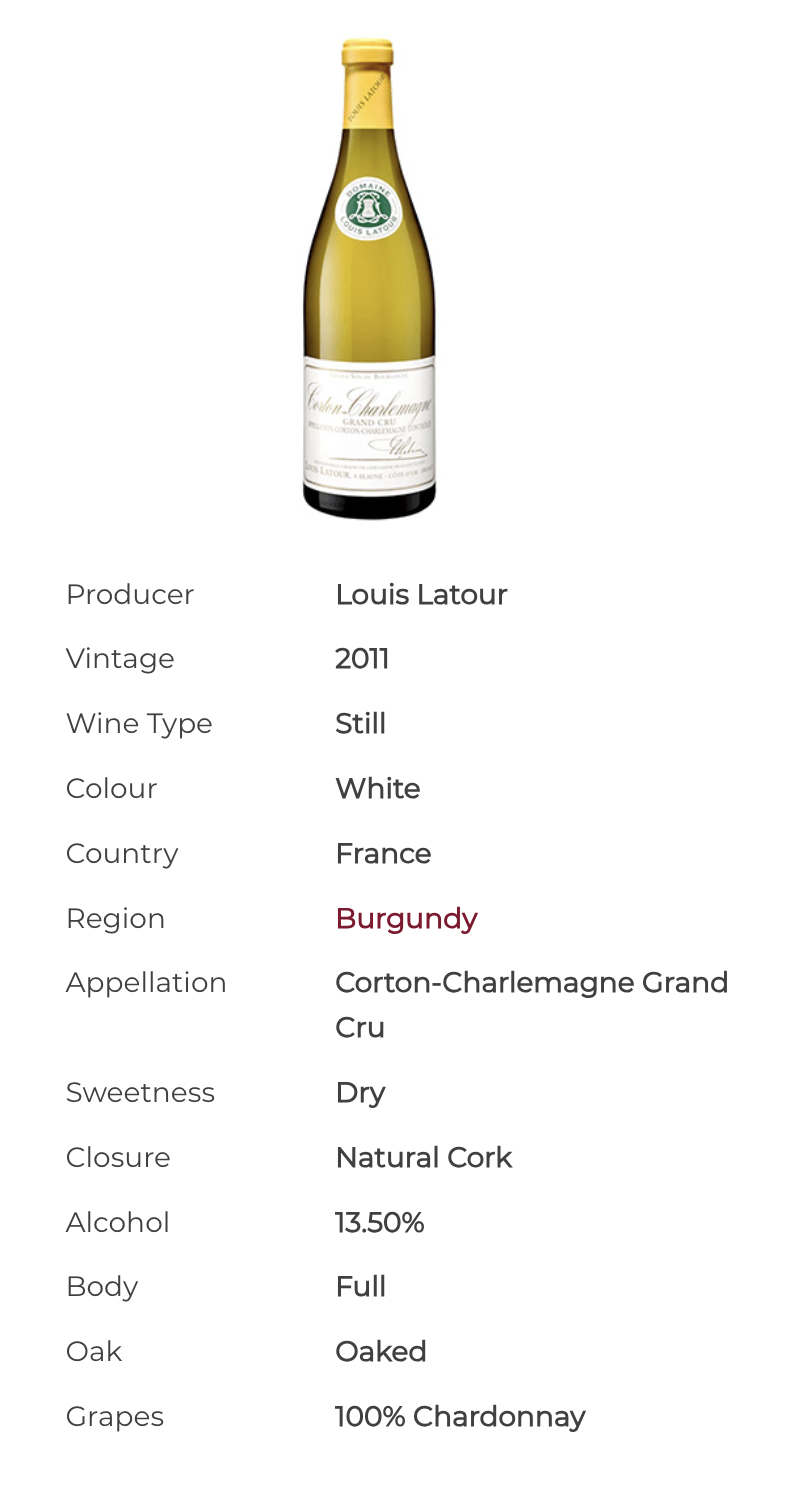 Drinking Window: 2021 – 2025
Drinking Window: 2021 – 2025 Drinking Window: 2022 – 2027
Drinking Window: 2022 – 2027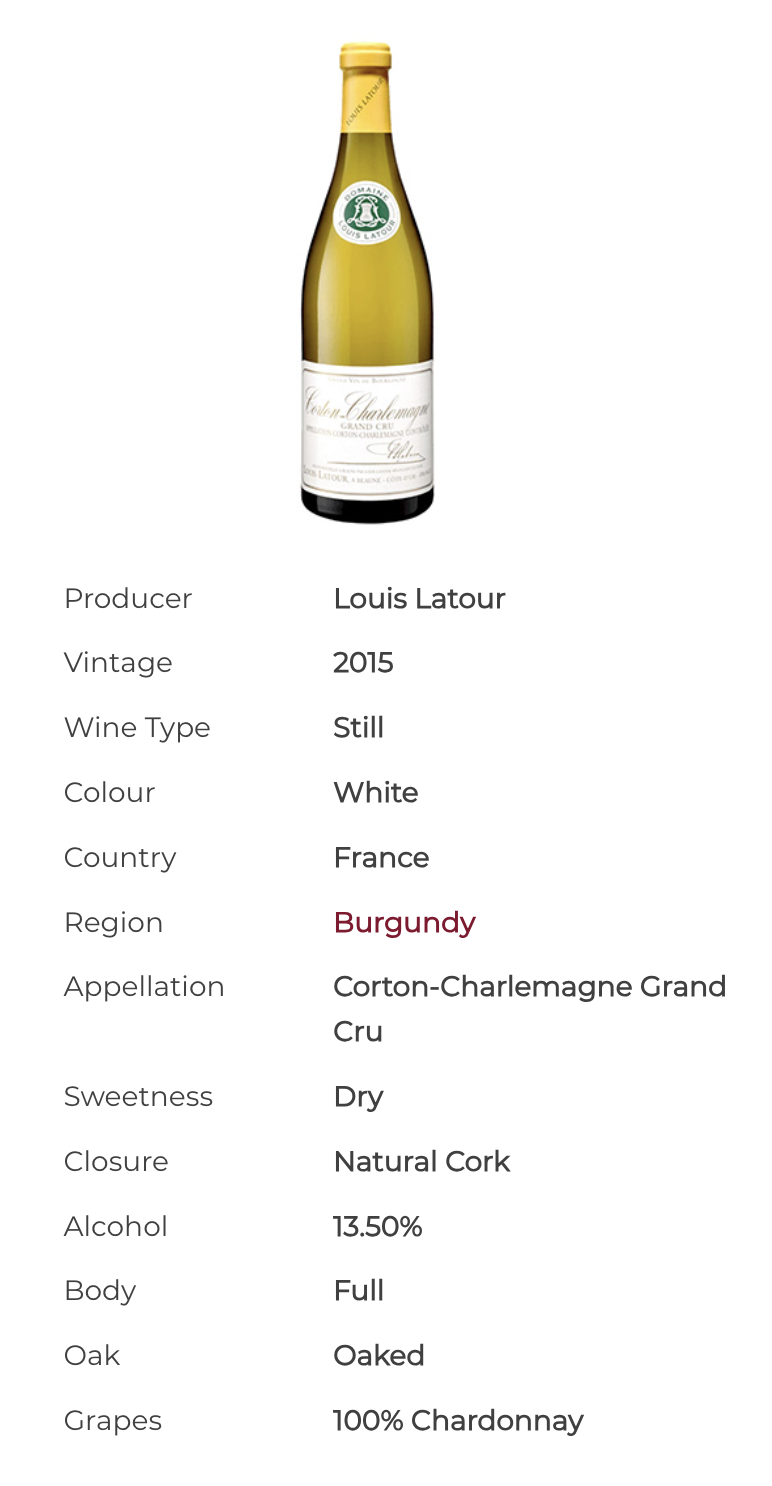 Drinking Window: 2025 – 2030
Drinking Window: 2025 – 2030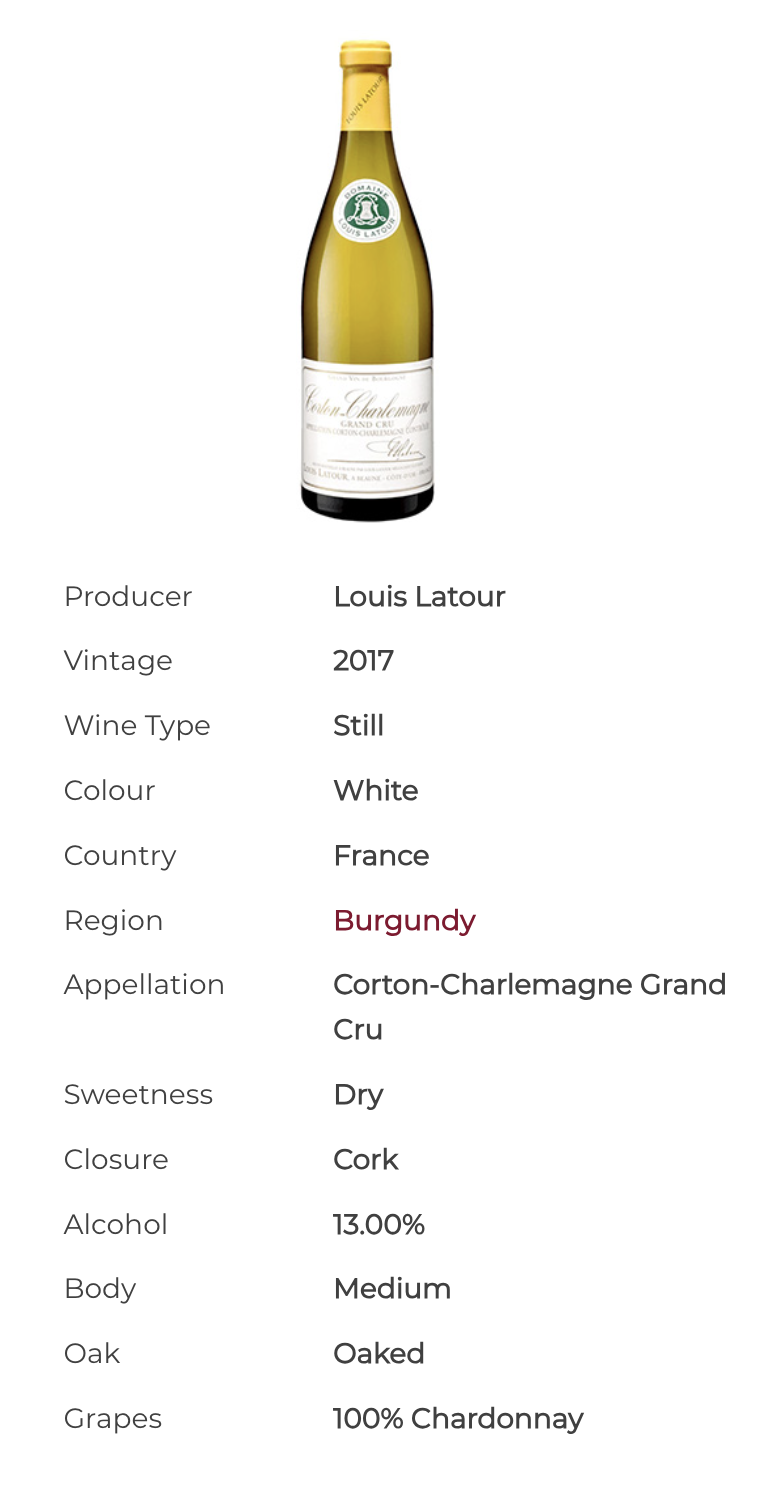 Drinking Window: 2027 – 2040
Drinking Window: 2027 – 2040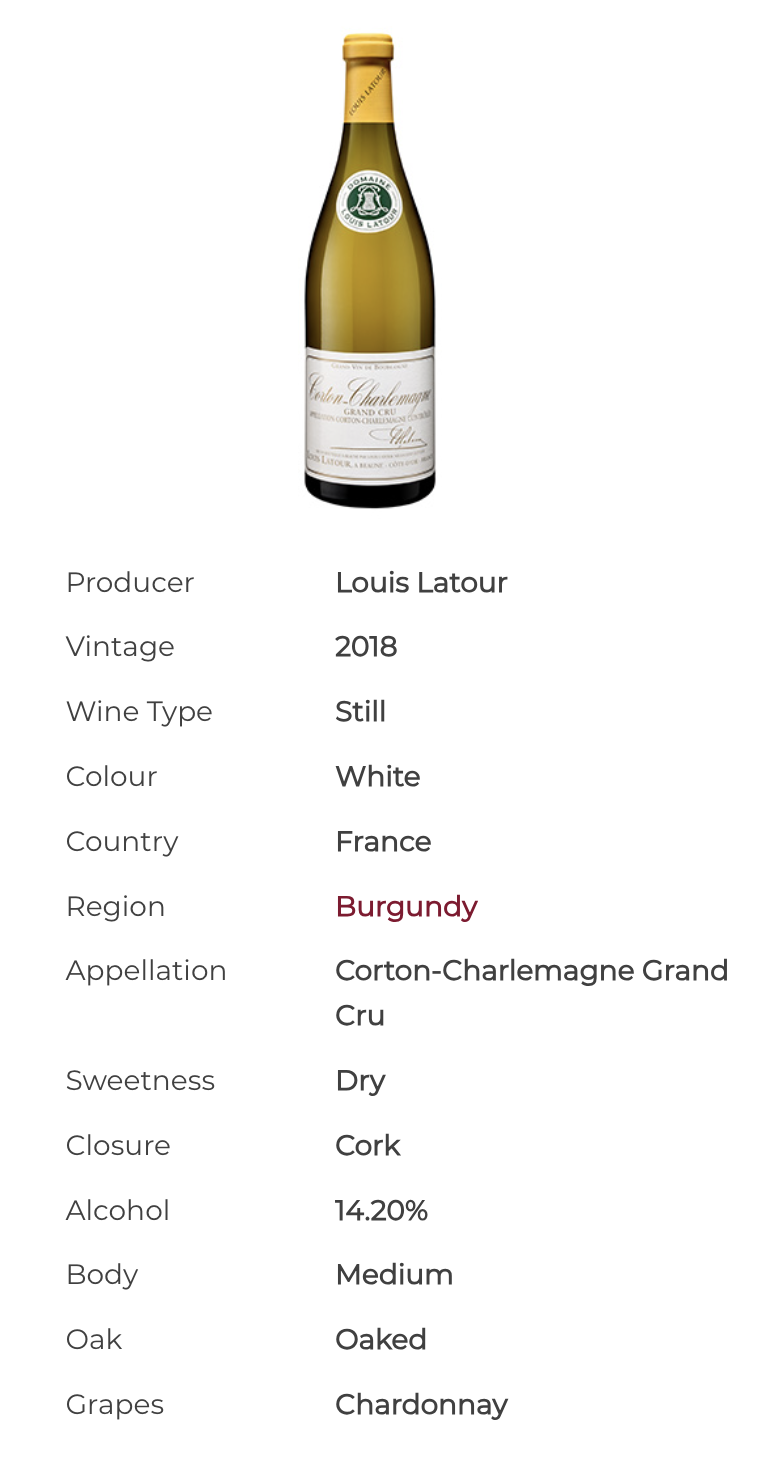 Drinking Window: 2026 – 2036
Drinking Window: 2026 – 2036($56, Jeanne-Marie de Champs Selection):  This lieu-dit, entitled only to a village appellation, lies across the road, but downhill from the Grand Cru Bienvenue-Bâtard-Montrachet. Even in Jean Pascal’s talented hands, this village wine is not in the Grand Cru category, but it is more impressive than many producers’ premier cru — and at a far more attractive price. … Read more
This lieu-dit, entitled only to a village appellation, lies across the road, but downhill from the Grand Cru Bienvenue-Bâtard-Montrachet. Even in Jean Pascal’s talented hands, this village wine is not in the Grand Cru category, but it is more impressive than many producers’ premier cru — and at a far more attractive price. … Read more
($68, Jeanne-Marie de Champs Selection):  It’s hard to go wrong with the wines from Domaine Michel Bouzereau, a leading name in Meursault. Here are my notes for this wine from a visit in November 2019: “Good as most people’s 1er cru. … Read more
It’s hard to go wrong with the wines from Domaine Michel Bouzereau, a leading name in Meursault. Here are my notes for this wine from a visit in November 2019: “Good as most people’s 1er cru. … Read more
($30, Jeanne-Marie de Champs Selection):  Domaine Paul Pernot, one of the top producers in Puligny-Montrachet, opts to use the new appellation, Bourgogne Côte d’Or, for this wine that they formerly labeled as Bourgogne Blanc. The new appellation requires that the grapes come exclusively from the Côte d’Or, the heart of Burgundy.… Read more
Domaine Paul Pernot, one of the top producers in Puligny-Montrachet, opts to use the new appellation, Bourgogne Côte d’Or, for this wine that they formerly labeled as Bourgogne Blanc. The new appellation requires that the grapes come exclusively from the Côte d’Or, the heart of Burgundy.… Read more
($140, Jeanne-Marie de Champs Selection): 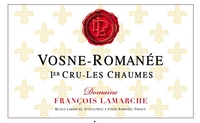 Vosne-Romanée could be considered the most revered village in Burgundy. Its wines, even those sporting just a village appellation, carry hefty price tags. And with the 25 percent tariffs, the prices are truly extraordinary. That said, this is a pretty extraordinary wine. … Read more
Vosne-Romanée could be considered the most revered village in Burgundy. Its wines, even those sporting just a village appellation, carry hefty price tags. And with the 25 percent tariffs, the prices are truly extraordinary. That said, this is a pretty extraordinary wine. … Read more
($58, Jeanne-Marie de Champs Selection):  Domaine Bart is an A-list producer. Of course, their Grand Cru Bonnes Mares and Charmes-Chambertin are stunning. But, if you are looking for something that does not require taking out a mortgage before purchasing, look to their array of wines from Marsannay, a sleepy village north of Gevrey-Chambertin. … Read more
Domaine Bart is an A-list producer. Of course, their Grand Cru Bonnes Mares and Charmes-Chambertin are stunning. But, if you are looking for something that does not require taking out a mortgage before purchasing, look to their array of wines from Marsannay, a sleepy village north of Gevrey-Chambertin. … Read more
($77, Jeanne-Marie de Champs Selection): 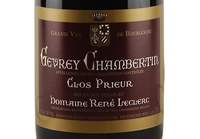 The Clos Prieur vineyard, which is just across the road from Mazi-Chambertin, a Grand Cru, covers two appellations. The upper part is Premier Cru and lower part carries a village appellation. But once again, producer can trump geography. … Read more
The Clos Prieur vineyard, which is just across the road from Mazi-Chambertin, a Grand Cru, covers two appellations. The upper part is Premier Cru and lower part carries a village appellation. But once again, producer can trump geography. … Read more
($80, Jeanne-Marie de Champs Selection):  This 2018 Clos du Château de la Maltroye, a monopole of the Château de la Maltroye, is one of the best red wines from Chassagne-Montrachet I’ve ever had. It’s the epitome of power and grace. Savory elements complement gorgeous dark fruity ones. … Read more
This 2018 Clos du Château de la Maltroye, a monopole of the Château de la Maltroye, is one of the best red wines from Chassagne-Montrachet I’ve ever had. It’s the epitome of power and grace. Savory elements complement gorgeous dark fruity ones. … Read more
($43):  With prices of Burgundy having gone through the roof, it’s a delight to find one that’s affordable, at least by Burgundy standards. As I’ve long maintained, villages off the beaten path, such as Auxey-Duresses which sits behind Meursault, and talented producers who, for whatever reason, have never gotten the praise they deserve, like Gilles Lafouge, is the combination consumers should seek out. … Read more
With prices of Burgundy having gone through the roof, it’s a delight to find one that’s affordable, at least by Burgundy standards. As I’ve long maintained, villages off the beaten path, such as Auxey-Duresses which sits behind Meursault, and talented producers who, for whatever reason, have never gotten the praise they deserve, like Gilles Lafouge, is the combination consumers should seek out. … Read more
($40, Jeanne-Marie de Champs Selection):  The 2018 vintages produced some charming red Burgundies, some of which, such as this one, are delicious now. Féray’s has wonderful depth for a village wine, reflecting the ripeness of the grapes due to the warmth of the vintage. … Read more
The 2018 vintages produced some charming red Burgundies, some of which, such as this one, are delicious now. Féray’s has wonderful depth for a village wine, reflecting the ripeness of the grapes due to the warmth of the vintage. … Read more
($27, Jeanne-Marie de Champs Selection): 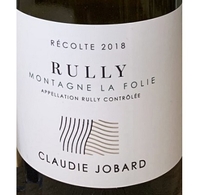 No doubt about it, this is a great wine. People, my editor included, will be startled by my awarding 95 points to a village Rully, which just exemplifies the problem of numerical rating. On an absolute scale, is this a 95 Point wine, comparable to a Grand Cru from the Côte d’Or? … Read more
No doubt about it, this is a great wine. People, my editor included, will be startled by my awarding 95 points to a village Rully, which just exemplifies the problem of numerical rating. On an absolute scale, is this a 95 Point wine, comparable to a Grand Cru from the Côte d’Or? … Read more
($35, Jeanne-Marie de Champs Selection): 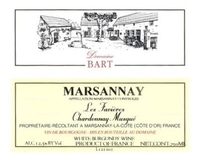 Domaine Bart, one of my favorite producers, flies under the radar. Even their stunning Bonnes Mares fails to get the accolades it deserves. They are best known for their array of reds from Marsannay, a village whose wines may lack cachet, but in the right hands deliver spectacular quality at an easy-on-the wallet price. … Read more
Domaine Bart, one of my favorite producers, flies under the radar. Even their stunning Bonnes Mares fails to get the accolades it deserves. They are best known for their array of reds from Marsannay, a village whose wines may lack cachet, but in the right hands deliver spectacular quality at an easy-on-the wallet price. … Read more
($39, Seaview Imports):  The Mâconnais is becoming to “go-to” place for affordable white Burgundy. The region has three tiers, which, in ascending order of prestige, are Macon, Macon-Villages, and, at the top, Macon with the name of a village, such as Cruzille, appended to it. … Read more
The Mâconnais is becoming to “go-to” place for affordable white Burgundy. The region has three tiers, which, in ascending order of prestige, are Macon, Macon-Villages, and, at the top, Macon with the name of a village, such as Cruzille, appended to it. … Read more
($85, Taub Family Selections):  Domaine Antonin Guyon is a name you can trust. They make incredibly consistent wines from Grand Cru to their village wines, such as this one, that lies on the wrong side of the road. La Justice is one of the rare vineyards that lies on the eastern side of the RN974, the main north-south road in Burgundy, to be awarded a village designation instead of just a regional appellation. … Read more
Domaine Antonin Guyon is a name you can trust. They make incredibly consistent wines from Grand Cru to their village wines, such as this one, that lies on the wrong side of the road. La Justice is one of the rare vineyards that lies on the eastern side of the RN974, the main north-south road in Burgundy, to be awarded a village designation instead of just a regional appellation. … Read more
($95, Taub Family Selections):  Similar to many vineyards in Burgundy, Les Cras isn’t contained within a single appellation. Part of this vineyard is classified as Chambolle Musigny 1er Cru, while another part is only entitled to a village Chambolle-Musigny appellation. The portion of Les Cras that carries the village appellation lies above the better situated — middle of the slope — portion that is classified as 1er Cru. … Read more
Similar to many vineyards in Burgundy, Les Cras isn’t contained within a single appellation. Part of this vineyard is classified as Chambolle Musigny 1er Cru, while another part is only entitled to a village Chambolle-Musigny appellation. The portion of Les Cras that carries the village appellation lies above the better situated — middle of the slope — portion that is classified as 1er Cru. … Read more
($19, Taub Family Selections):  Brouilly, the largest of the ten Beaujolais cru, often disappoints. Thankfully, the 2017 from Château de La Chaize, one of the top producers of Brouilly, does not. It has good concentration, zippy acidity that keeps it fresh and lively, and lots of juicy fruitiness. … Read more
Brouilly, the largest of the ten Beaujolais cru, often disappoints. Thankfully, the 2017 from Château de La Chaize, one of the top producers of Brouilly, does not. It has good concentration, zippy acidity that keeps it fresh and lively, and lots of juicy fruitiness. … Read more
($30): 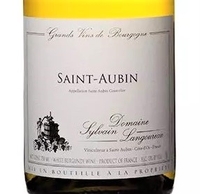 Saint-Aubin, lying behind the famous white wine villages of Puligny-Montrachet and Chassagne-Montrachet with their Grand Cru vineyards, is off the beaten tract, which means consumers can find value. Prices for Premier Cru Saint-Aubin have climbed dramatically as consumers have caught on, but bargains still exist for village wines, even from a top producer like Langoureau. … Read more
Saint-Aubin, lying behind the famous white wine villages of Puligny-Montrachet and Chassagne-Montrachet with their Grand Cru vineyards, is off the beaten tract, which means consumers can find value. Prices for Premier Cru Saint-Aubin have climbed dramatically as consumers have caught on, but bargains still exist for village wines, even from a top producer like Langoureau. … Read more
($27): 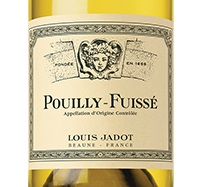 Louis Jadot, one of Burgundy’s top producers, needs no further introduction. It’s hard to go wrong with any wine carrying the Jadot name. With the 2020 vintage, regulators have designated about 25 percent of the vineyards in Pouilly-Fuissé, the leading village in the Mâconnais, to have Premier Cru status. … Read more
Louis Jadot, one of Burgundy’s top producers, needs no further introduction. It’s hard to go wrong with any wine carrying the Jadot name. With the 2020 vintage, regulators have designated about 25 percent of the vineyards in Pouilly-Fuissé, the leading village in the Mâconnais, to have Premier Cru status. … Read more
($40, Kobrand Wine & Spirits): 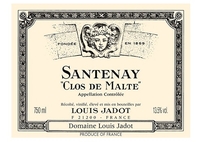 Though Jadot is a major négociant, they also are an important grower, farming over 300 acres of vineyards in Burgundy. This Santenay, from a village in the southern part of the Côte de Beaune, is from one of their vineyards. … Read more
Though Jadot is a major négociant, they also are an important grower, farming over 300 acres of vineyards in Burgundy. This Santenay, from a village in the southern part of the Côte de Beaune, is from one of their vineyards. … Read more
($30): 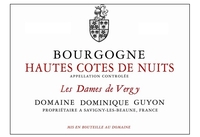 The Hautes Côtes de Nuits, a regional appellation, sits above and behind (to the west) of the Côte de Nuits, a sort of hinterland. Many of the reds from here have a rustic charm. Dominique Guyon, the son of another fabulous producer, Antonin Guyon, makes a more refined version than many. … Read more
The Hautes Côtes de Nuits, a regional appellation, sits above and behind (to the west) of the Côte de Nuits, a sort of hinterland. Many of the reds from here have a rustic charm. Dominique Guyon, the son of another fabulous producer, Antonin Guyon, makes a more refined version than many. … Read more
Simple economics explains why the wine from Burgundy, or Bourgogne, as the French would now like us to call it, has become expensive. Really expensive. French wine regulations limit what can be planted where (a.k.a. the supply) and demand has increased as new markets around the world, such as China, Japan, and Russia, to name just three, discover Burgundy’s allure. … Read more
($27): 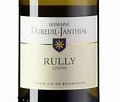 Consumers can safely select virtually any wine from Drouhin, another top-tier Burgundy producer. Indeed, I could include their Bourgogne Blanc “Laforet,” or their Mâcon-Villages, both of which typically retail for less than $20 a bottle, but I chose their Rully, from a village in the Côte Chalonnaise. … Read more
Consumers can safely select virtually any wine from Drouhin, another top-tier Burgundy producer. Indeed, I could include their Bourgogne Blanc “Laforet,” or their Mâcon-Villages, both of which typically retail for less than $20 a bottle, but I chose their Rully, from a village in the Côte Chalonnaise. … Read more
($48):  Domaine Parent, arguably the best producer of Pommard, also makes this stunning white Monthélie. It’s a bit of an oddity because ninety percent of Monthélie’s production is red and the vast majority of Parent’s production comes from their own vineyards. … Read more
Domaine Parent, arguably the best producer of Pommard, also makes this stunning white Monthélie. It’s a bit of an oddity because ninety percent of Monthélie’s production is red and the vast majority of Parent’s production comes from their own vineyards. … Read more
($35): 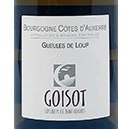 Goisot is a good example of why my mantra is producer, producer, producer. You can buy any of their wines and be thrilled. They are located in the far north of Burgundy, near Chablis and make an array of distinctive and captivating wines. … Read more
Goisot is a good example of why my mantra is producer, producer, producer. You can buy any of their wines and be thrilled. They are located in the far north of Burgundy, near Chablis and make an array of distinctive and captivating wines. … Read more
($30):  With the 2017 vintage, regulators added a new sub-category, Côte d’Or, to Bourgogne, the very broad regional appellation that allowed grapes to come from anywhere in Burgundy. Wines labeled Bourgogne Côte d’Or mean that the grapes all come from the famed Côte d’Or, the very heart of Burgundy. … Read more
With the 2017 vintage, regulators added a new sub-category, Côte d’Or, to Bourgogne, the very broad regional appellation that allowed grapes to come from anywhere in Burgundy. Wines labeled Bourgogne Côte d’Or mean that the grapes all come from the famed Côte d’Or, the very heart of Burgundy. … Read more
($26, Kobrand Wine & Spirits):  Though Mercurey, a village in the Côte Chalonnaise, is best known for its reds, it’s a treasure trove of affordable Burgundy, both red and white. Louis Latour, one of Burgundy’s best producers, rarely disappoints. The 2015 vintage is one of the best of the decade.… Read more
Though Mercurey, a village in the Côte Chalonnaise, is best known for its reds, it’s a treasure trove of affordable Burgundy, both red and white. Louis Latour, one of Burgundy’s best producers, rarely disappoints. The 2015 vintage is one of the best of the decade.… Read more
($30):  Domaine Bart is a star producer in Marsannay. This house makes splendid Grand Crus, such as Bonnes-Mares and Chambertin Clos de Bèze that routinely sell for $200+ a bottle upon release. Their skill is also found in a bevy of single-vineyard wines from the village of Marsannay, the northern most village of the Côte de Nuits. … Read more
Domaine Bart is a star producer in Marsannay. This house makes splendid Grand Crus, such as Bonnes-Mares and Chambertin Clos de Bèze that routinely sell for $200+ a bottle upon release. Their skill is also found in a bevy of single-vineyard wines from the village of Marsannay, the northern most village of the Côte de Nuits. … Read more
($27):  Château de la Maltroye, a top producer of both red and white wines from Chassagne-Montrachet, makes this charming Bourgogne Rouge from vineyards in that village that lie outside the boundaries of the village appellation. Delicate red fruit flavors balance its savory, herbal side. … Read more
Château de la Maltroye, a top producer of both red and white wines from Chassagne-Montrachet, makes this charming Bourgogne Rouge from vineyards in that village that lie outside the boundaries of the village appellation. Delicate red fruit flavors balance its savory, herbal side. … Read more
($37):  One formula for Burgundy bargains is to find a top producer who lives and has vineyards in an out-of-the-way place. Domaine Lafouge’s Auxey-Duresses (“oh say doo ress”) fits that formula. Auxey-Duresses, like Monthélie, which it abuts, is situated in the prestigious Côte d’Or, but most of its vineyards lie even further west. … Read more
One formula for Burgundy bargains is to find a top producer who lives and has vineyards in an out-of-the-way place. Domaine Lafouge’s Auxey-Duresses (“oh say doo ress”) fits that formula. Auxey-Duresses, like Monthélie, which it abuts, is situated in the prestigious Côte d’Or, but most of its vineyards lie even further west. … Read more
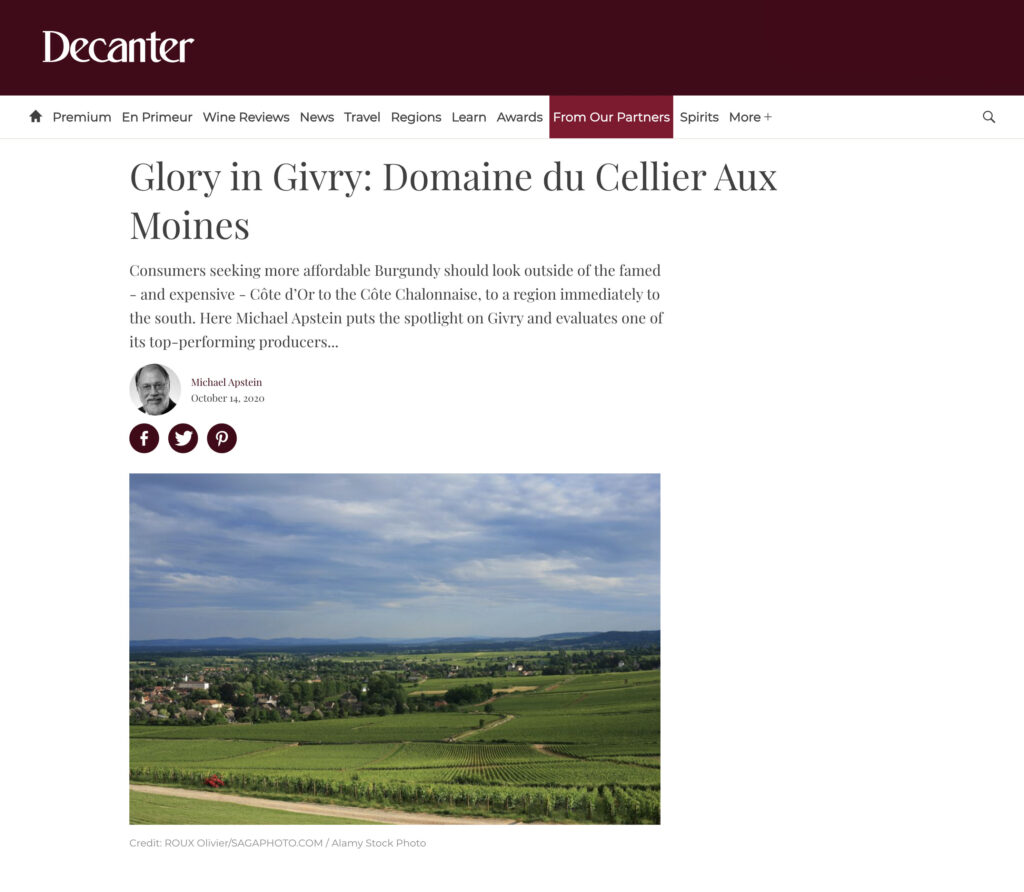
As in its more famous neighbouring region, Pinot Noir and Chardonnay reign supreme and, with rare exceptions, are the mandated grapes for the wines.
Major appellations in the Côte Chalonnaise, moving from north to south, include Rully and Mercurey, which produce both red and white wine, Givry, which produces mostly (80%) red wine, and Montagny, which produces white wine exclusively.… Read more
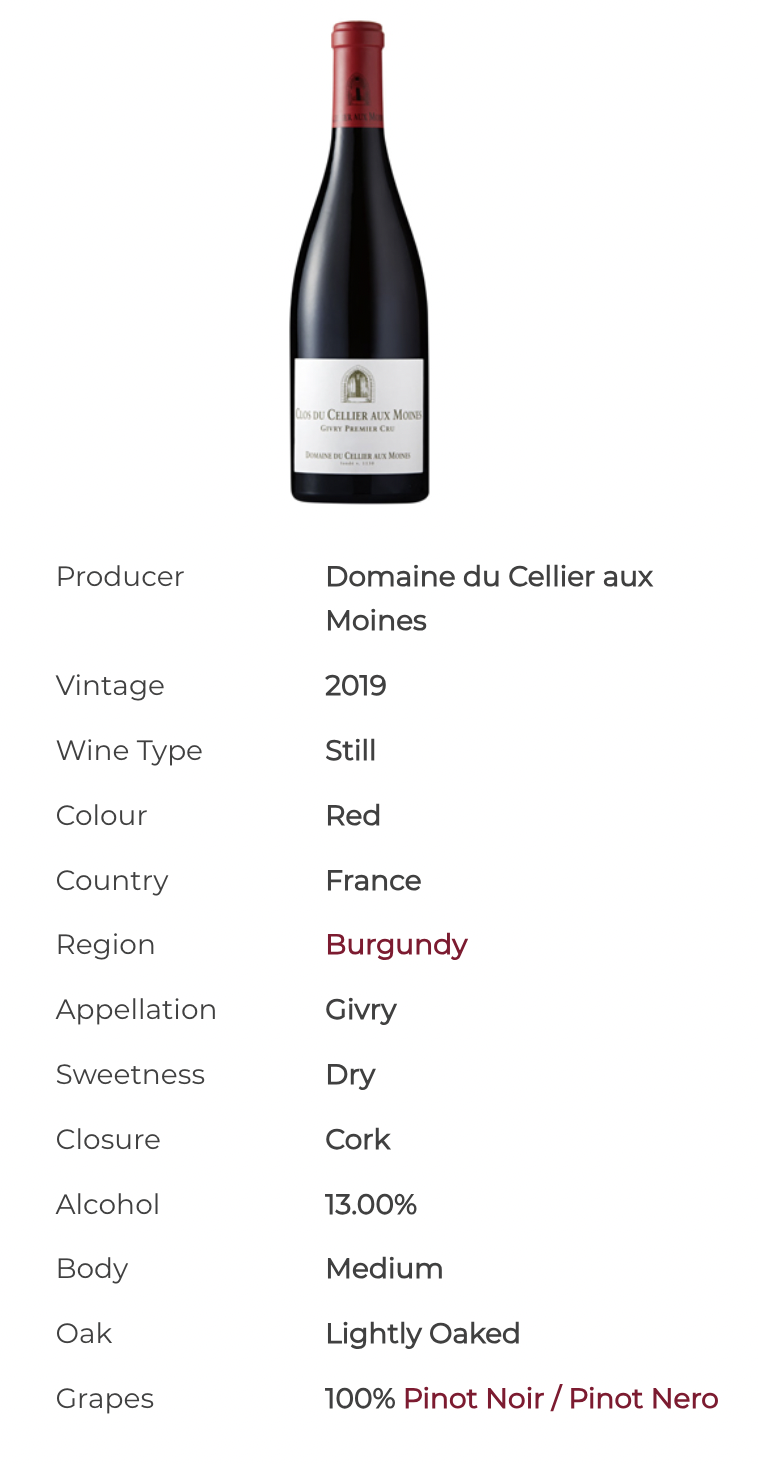 Drinking Window: 2027 – 2033
Drinking Window: 2027 – 2033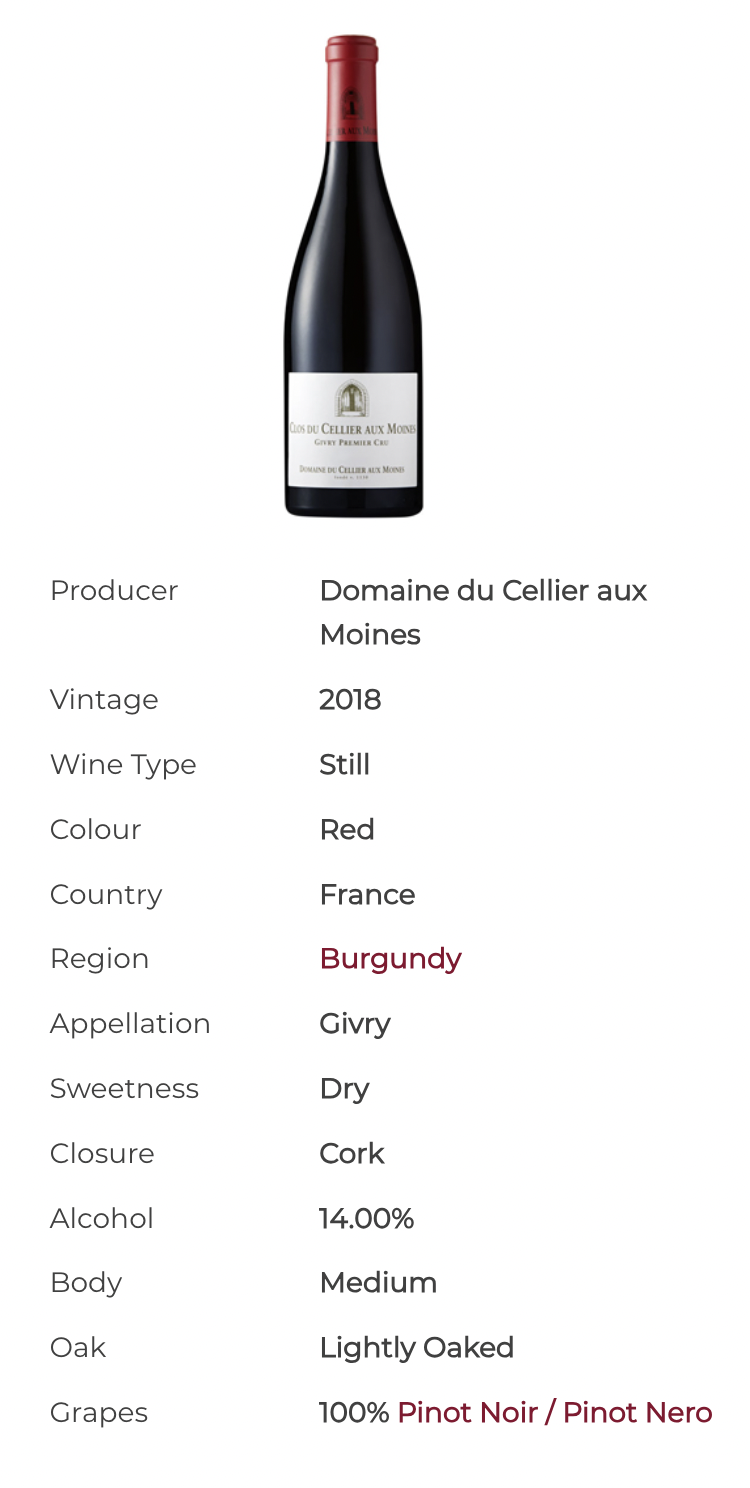 Drinking Window: 2025 – 2030
Drinking Window: 2025 – 2030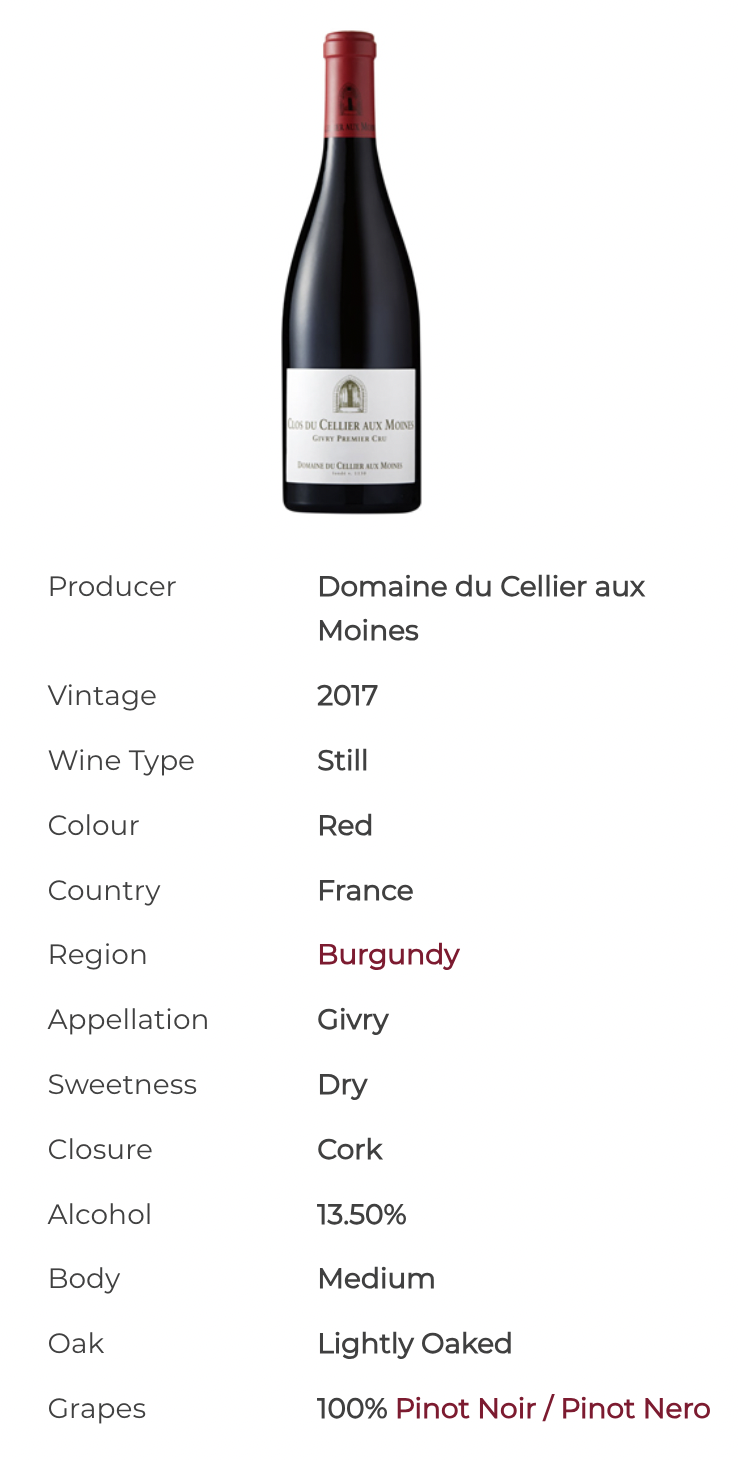 Drinking Window: 2026 – 2030
Drinking Window: 2026 – 2030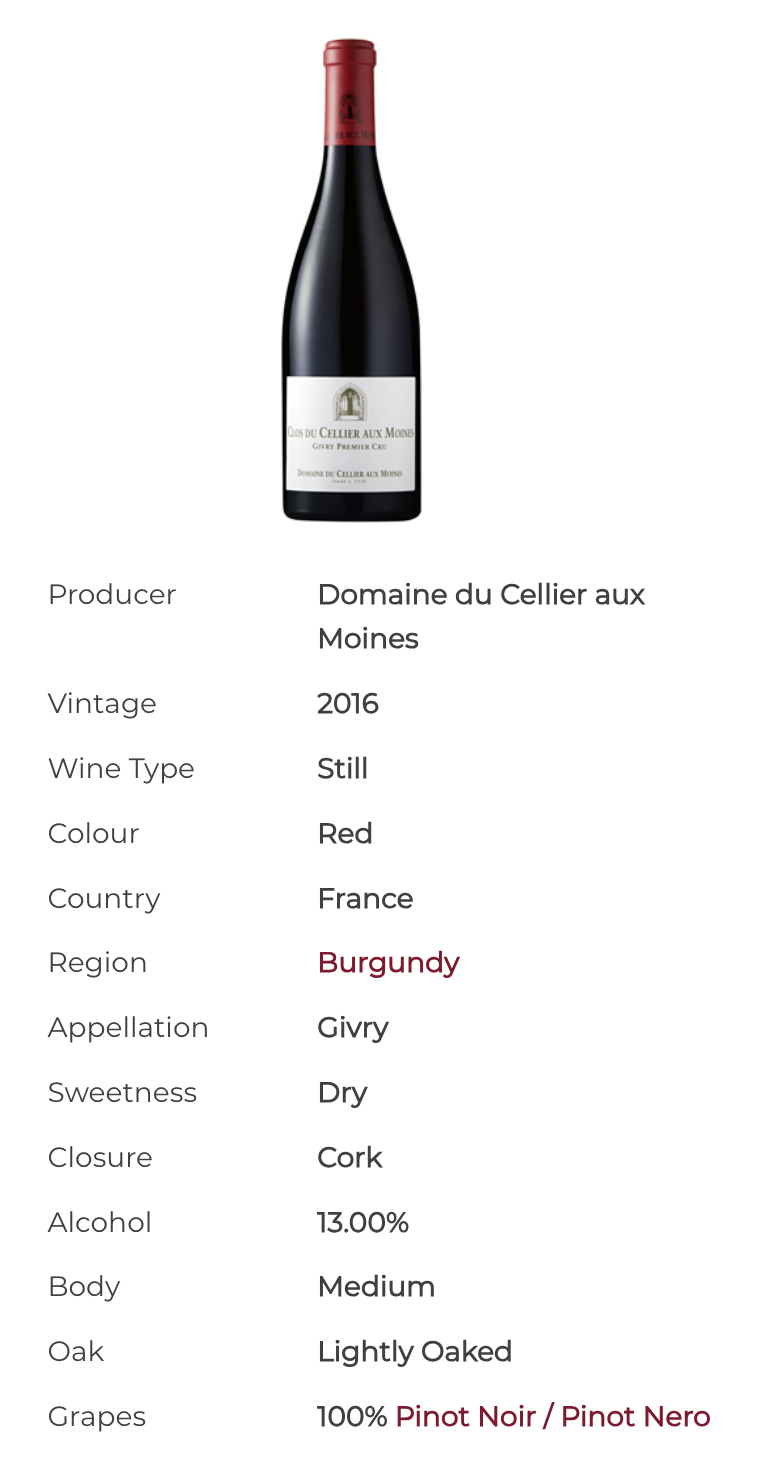 Drinking Window: 2025 – 2030
Drinking Window: 2025 – 2030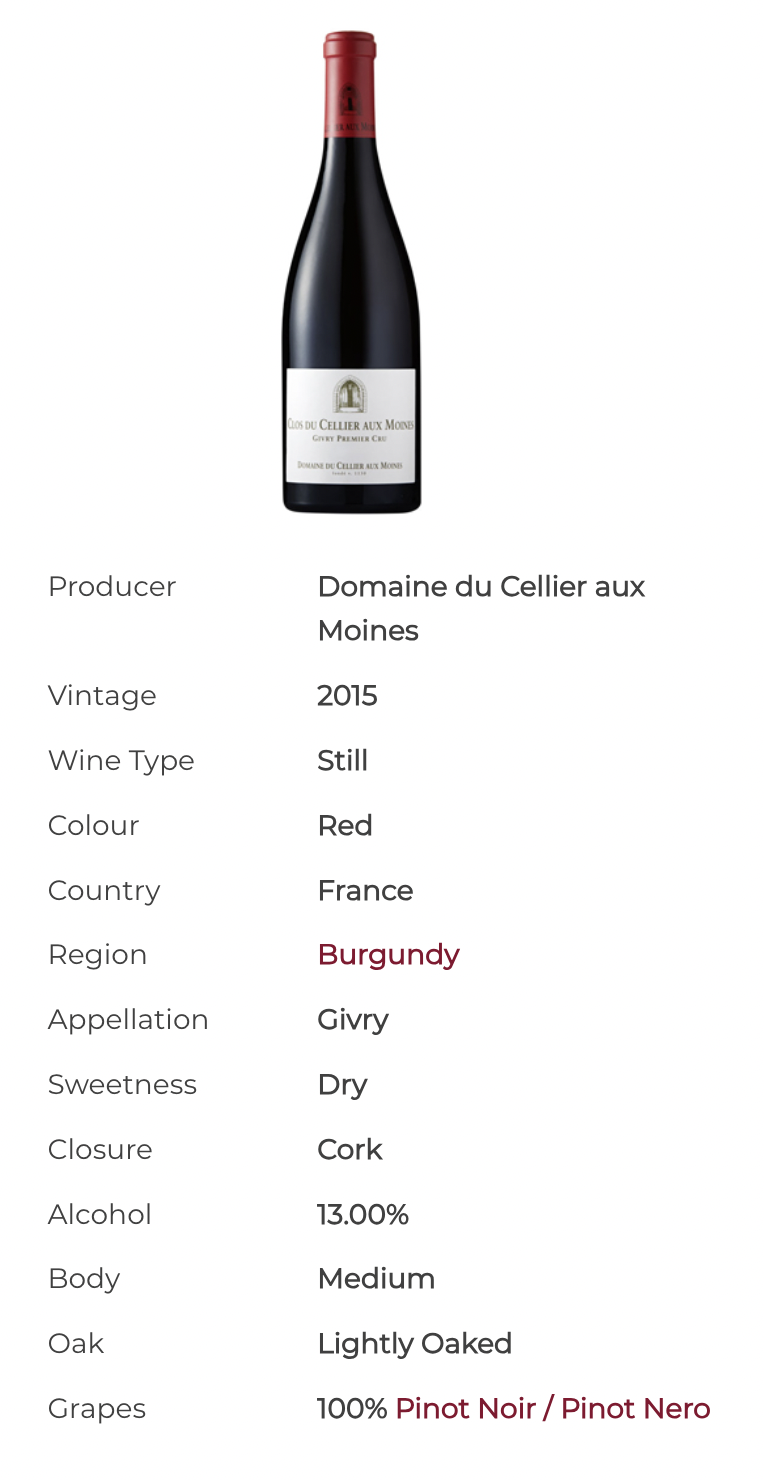 Drinking Window: 2025 – 2030
Drinking Window: 2025 – 2030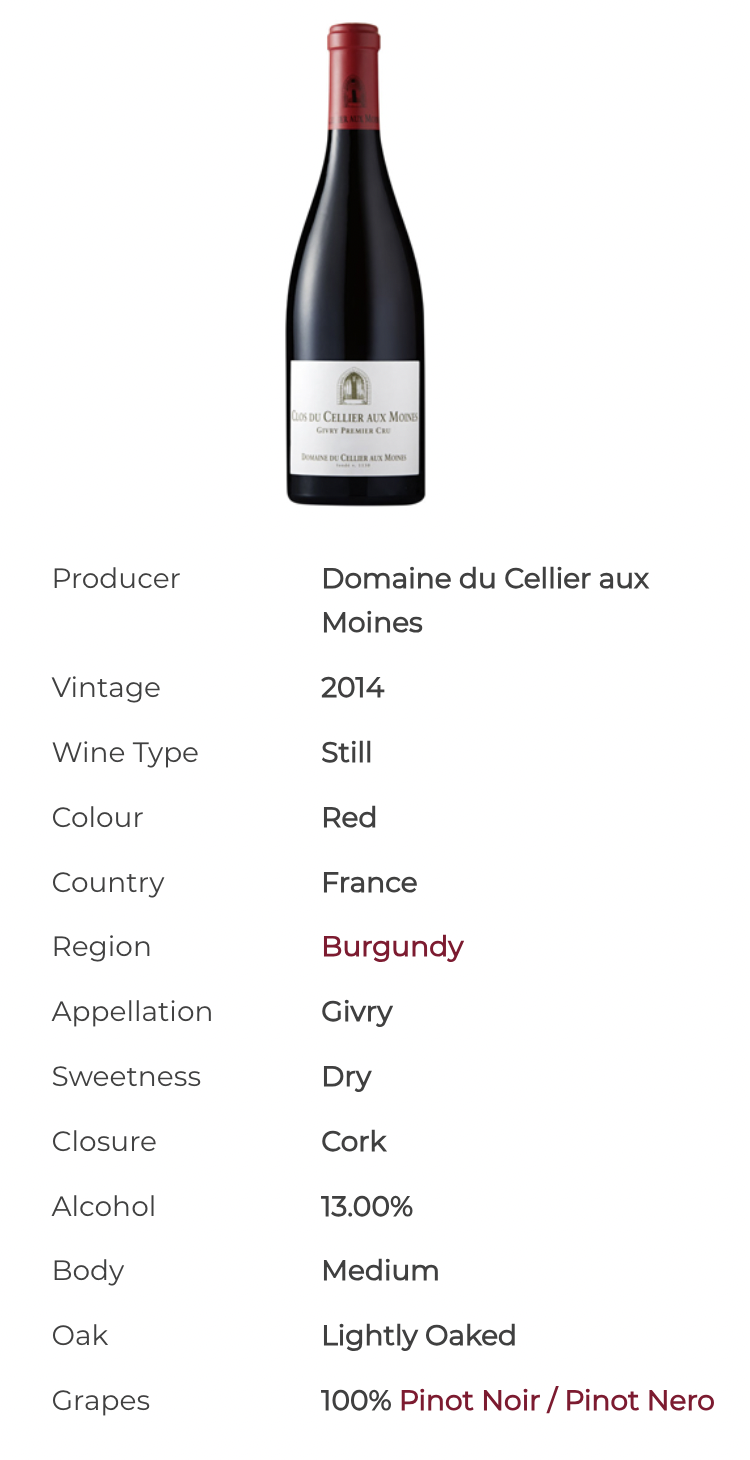 Drinking Window: 2020 – 2022
Drinking Window: 2020 – 2022